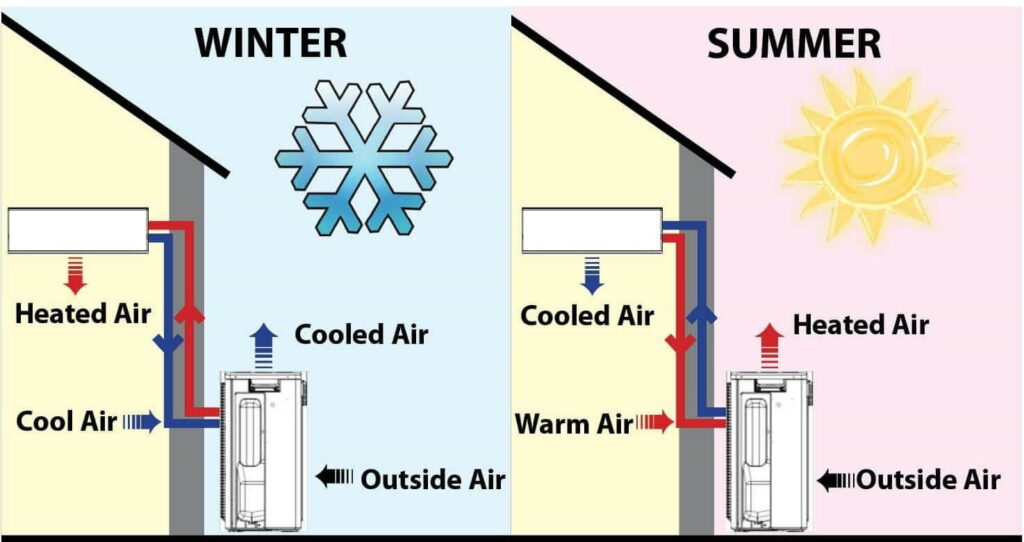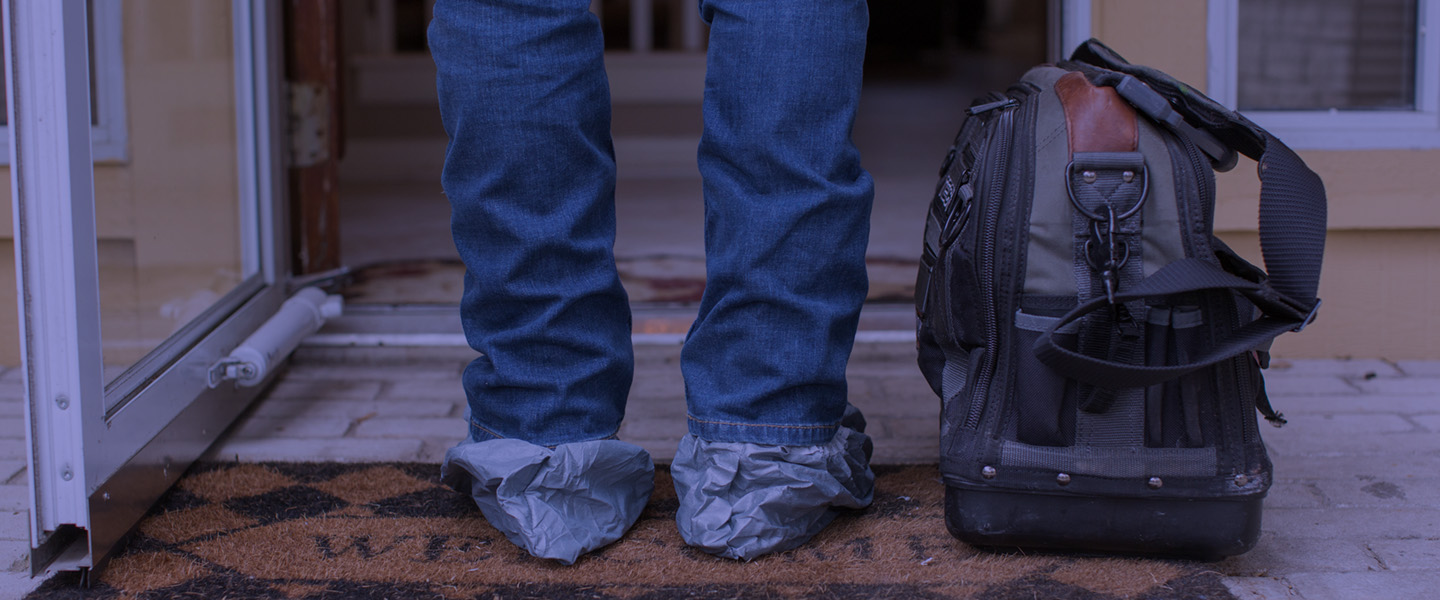0% for 36 Months or 10% off a New AC. Learn More >
Heat Pump Maintenance in Austin, TX
Many of us don’t think about what heating equipment we have or how it works, at least until it doesn’t. Heat pumps are becoming the choice for newer homes, particularly with the proposed and upcoming federal government legislation calling to remove natural gas appliances (furnaces). Older generations were completely disenchanted with heat pumps due to early issues with reliability, heating capacity, operation in very cold weather and cost to run backup heat (electric heat strips) at the coldest times. Current systems work much better, although with most conventional units, very cold weather still means reliance on backup heat and therefore high electric consumption.
Why do heat pumps require maintenance?
Because heat pumps use the refrigeration circuit year round (to remove heat from outside the property and transfer it into the property), ensuring coils and filters are clean and operating temperatures are within specification are key to efficient heat transfer and lowering reliance on backup heat (electric strips, which are costly to run).

How often do heat pumps need to be serviced?
As with conventional equipment, heat pumps should ideally be serviced twice per year, prior to summer and prior to winter. This will help make each specific season as comfortable and low cost as possible.
Our Heat Pump Maintenance Process
When you call us, we’ll schedule an appointment with one of our technicians at your convenience. If you are part of our proactive HVAC maintenance program, we’ll remind you when it’s time to schedule. You’ll also save on each maintenance visit and receive discounts on heat pump repairs, and well as electrical and plumbing work.
On the day of your heat pump maintenance, we’ll notify you when we’re en route to your property. Once onsite, our technician will follow our checklist – including the items listed below – and record their findings. If all is as it should be, we’ll see you next time for your pre-cooling season visit! If any issues are noted, the technician will review them with you along with their recommendations on how to move forward. We have fully stocked trucks and can typically perform any approved repairs the same day. We back all our repairs with a 1-year warranty on both parts and labor.
Heat Pump Maintenance Checklist
During the spring/pre-cooling season heat pump maintenance visit, the technician will inspect and, if applicable, test the following components:
- condenser fan motor
- compressor
- refrigerant profile for proper levels and performance
- start components (capacitors, contactors and relays)
- indoor coil (evaporator)
- blower motor (lubricate, if necessary)
- thermostat
- safety controls
- electrical connections (tighten, if necessary)
- air filter, filter housing and any other indoor air quality accessories
We will also flush the condensate drain and add pan tabs for prolonged treatment.
During the fall/pre-heating season maintenance visit, the technician will also inspect and, if applicable, test the following items:
- defrost control board and components
- change-over/reversing valve
- supplemental heat strips
- temperature rise in heat mode with/without supplemental heat
Is there any kind of heat pump preventative maintenance homeowners can/should do, apart from regular professional tune ups, to maintain their system?
As with furnaces, keeping clean filters in the system is the single most important maintenance item for property owners. Second to that is visually inspecting the outdoor unit to make sure plants and insects have not encroached. Removing these is far easier and less expensive than dealing with damage to your HVAC system.
The US Department of Energy also gives some great tips on operating and maintaining your heat pump.
How long should a heat pump last?
Typically, a heat pump will last nearly as long as a furnace and coil heating system – 14 to 18 years with proper maintenance. Keep in mind that heat pumps will run their refrigeration circuits summer and winter (not just summer), so there is more wear on these components.
Heat Pump Maintenance FAQ: My heat pump is working properly, so why doesn’t it feel warm?
This is typically a question from homeowners used to furnaces. Heat pumps generally produce leaving air temperature in the 90-100 F range. Furnaces typically produce leaving air temperature as high as 120-125 F. When sized correctly, a heat pump will achieve and maintain desired space temperatures, typically in the 65-78 F range. However, it will typically not achieve the desired temperature as quickly as a furnace.
Heat Pump Maintenance FAQ: There is steam coming from my outdoor unit in the winter. Is something wrong?
This is a normal occurrence in the defrost cycle and should be of no concern. When outdoor temperatures drop below a certain threshold, the emergency (secondary) heat source (electric strips) will be engaged during the defrost cycle to maintain space temperatures and to prevent the outdoor coil from freezing. Some icing is normal on the outdoor coil during heat pump operation, but excessive ice forming on the coil and/or copper lines could indicate an issue with the heat pump system. If this occurs, the emergency or backup heat should engage to keep the space at setpoint. This is usually automatic within the system operation but can also be engaged manually on the thermostat/controls.
Key Takeaways
Heat pumps are an efficient way to warm a space in winter or cool a space in summer. With proper maintenance, these systems can last 14-18 years. To keep yours in top shape, be sure to:
- Schedule maintenance bi-annually
- Replace filters regularly
- Keep plants and bugs out of your outdoor unit
To schedule heat pump maintenance in the greater Austin area, give us a call at 512-501-2275 or fill out our contact form to get a technician scheduled.

